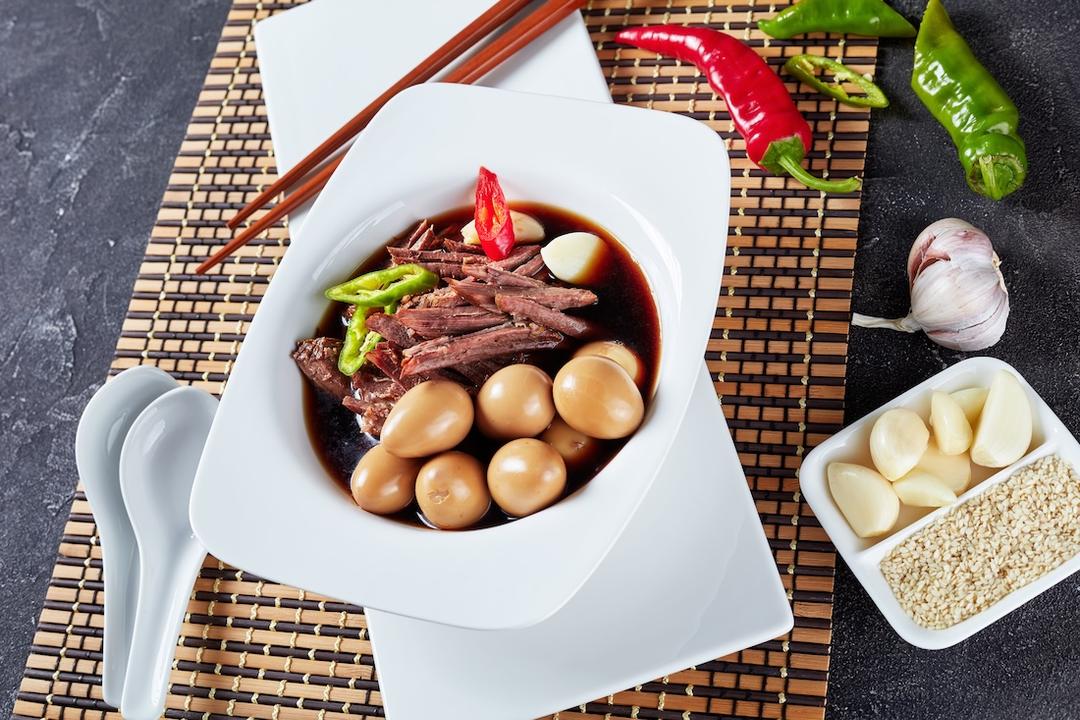Spend a little time around cows and you’ll notice something interesting: they don’t just move as a herd. Certain pairs stick together — grazing side by side, lying down together, even calling when separated. Farmers often say these are “cow friendships,” and science increasingly agrees.
What the Research Shows
- Stress goes down with a buddy. A 2025 review in the journal Animals highlights decades of evidence showing that cows are calmer when kept with preferred companions. Their heart rates stabilize, they adapt to new environments more quickly, and stress behaviors decrease.
- Calves grow smarter with friends. Research shows that calves raised in pairs are more socially confident and even learn tasks faster than calves raised alone.
- Herds form subtle clusters. Using CowView tracking, researchers discovered that cows don’t just stick together randomly. They form small, shifting groups tied to activities like feeding, resting, and exploring (arXiv, 2025).
- We can even hear emotions. Machine learning is now being used to analyze cow vocalizations. A 2024 study showed that low, rumbling calls are linked to calm states, while higher-pitched sounds often signal stress.
What Farmers See Every Day
Research isn’t the only place these bonds show up. Farmers and visitors notice them too:
- The same pairs or trios grazing shoulder to shoulder day after day.
- Calves that stick with their playmates as they grow into adulthood.
- Animals calling out or acting restless when separated from their companions.
A 2025 Food Ethics study found that both farmers and non-farming citizens recognize these patterns. Farmers tended to emphasize routine and animal management, while citizens focused on emotions and social bonds — but both agreed that cows have rich emotional lives.
Why It Matters
Understanding cow emotions is more than just heartwarming:
- For animal care: Reducing stress improves health, welfare, and productivity.
- For education: Farm visits give students a chance to see social bonds in action — a memorable lesson in biology and empathy. (This is true not just for cows, but also for goats, who are excellent at sparking conversations about empathy in the classroom. See how goat farm field trips teach empathy and science.)
- For visitors: Learning that cows, goats, and other farm animals form friendships changes how people see animals and strengthens respect for them.
See for Yourself
Next time you’re at a farm, look closely. Notice which cows are side by side or resting together. You may be seeing a bovine best friendship in action.
👀 Want to explore more about animal emotions and farm life? Browse Delve’s farm experiences across Texas.
Also Read: Field Trips on the Farm: The Power of Goats to Teach Science & Empathy
References 📚
- Animals (2025). The Role of Social Bonds in Dairy Cattle Welfare: A Review.
- Animals (2025). Socializing AI: Integrating Social Network Analysis and Deep Learning for Precision Dairy Cow Monitoring—A Critical Review.
- arXiv (2025). Dynamic Social Networks in Dairy Cows.
- Food Ethics (2025). Emotions and Needs of Dairy Cows and Calves – a Qualitative Analysis of Non-Farming Citizens’ and Farmers’ Perspectives on Emotional Capacity, Competencies, and Consumers’ Right to have a Say.
- Frontiers in Veterinary Science (2024). BovineTalk: Machine Learning for Vocalization Analysis of Dairy Cattle under Negative Affective States.
- Los Angeles Times (2014). Even cows need friends: Study finds calves raised in pairs are smarter.




